Our much-needed break in Kalispell not only resulted in plenty of clean laundry, but also gave us a chance to finally restock our fresh foods. We learned that, given the size of our fridge and the rate at which we consume fresh products, we can only go about two weeks between grocery store visits. Trust me when I tell you that when you are down to your last egg, and the vegetable drawer is a hollow wasteland, the experience of walking into a large, fully-stocked supermarket is almost enough to make you cry.
Fully resupplied, we headed back into Glacier National Park to explore a completely different area of the park. Thanks to the influence of the high peaks of the Rocky Mountains on weather patterns, the western side of the park receives much more rain than the eastern side. This creates an environment more like the Pacific Northwest. The landscape is filled with huge trees, and the understory is also full of ferns and shrubs in any places where sunlight reaches the ground.
Our visit to the Apgar area on the southwestern side of Glacier brought us face to face with the reality that a lot of people visit this national park during its very short season. The Lake McDonald / Apgar area is a prime visitation area, since it is located just inside the West Glacier entrance to the park, and is less than an hour’s drive from the towns of Columbia Falls, Whitefish, and Kalispell.
We arrived early on a Monday and, after getting the trailer set up in our campsite, we headed over the visitor center with the idea of catching the shuttle bus up Going to the Sun Road to one of the trailheads. That plan was quickly scuttled when we saw the massive line of people waiting for the shuttle. The ranger on duty estimated that the wait for a shuttle was approximately two hours at that point.
Our next effort at catching the shuttle had us leaving the house at 6:30 the following morning to walk over to the visitor center, in hopes of getting on the first shuttle at 7 a.m. Sadly, our arrival at 6:45 a.m. only earned us spots on the third shuttle bus. Fortunately, the shuttle bus operators are aware of the high demand in the morning, so the first wave of three or four buses all left within about 20 minutes.
After riding the shuttle all the way up the western side of Going to the Sun Road, we realized that we could easily drive our truck up the initial portion of the road along Lake McDonald, but competition for parking spots at the trailheads would be fierce. This led to us leaving the campground at 6:30 a.m. several times, in order to drive ourselves to Avalanche or the Lake McDonald Lodge parking areas for a morning hike. We don’t mind getting up early, but feeling like we were forced to flee the house at such an early hour just to beat the crowds was annoying.
We are Slow
In addition to the hassle of dealing with lines and crowds, seeing so many other hikers on the trails has made us acutely aware of an unfortunate fact: we are slow hikers. Although we are by no means high performance athletes, I think we are reasonably fit. We regularly tackle hikes of 10-15 miles in a day and we generally consider a 5 mile hike to be “stretching our legs.” And after all, I did earn 7,188th place in the Miami corporate 5K run just a few years ago! But the reality is that we were constantly standing aside to allow other people to pass us on the longer hikes we took on the western side of Glacier. A nonexclusive list of people who passed us on the trail:
- A man carrying a large child in a gigantic and unwieldy backpack that absolutely dwarfed even a backcountry hiking backpack
- An elderly woman who stopped to take photos of many, many interesting plants along the way, and declared she was moving at “wildflower pace” (which apparently is faster than us)
- A man with a surgically repaired elbow, with a huge external fixture bolted along the length of his entire arm
- Multiple pre-teen girls hiking in flip flops
The worst part was people who passed us up to a half dozen times on a single trail. They would pass us by, then stop for group photos or selfies in dangerous places. Shortly after we’d moved on, they would come steaming up the trail to pass us again. A few miles down, we would see them stopped for snacks, while we just plodded on by. Within minutes, they would pass us again. And so it would go, for hours on end.
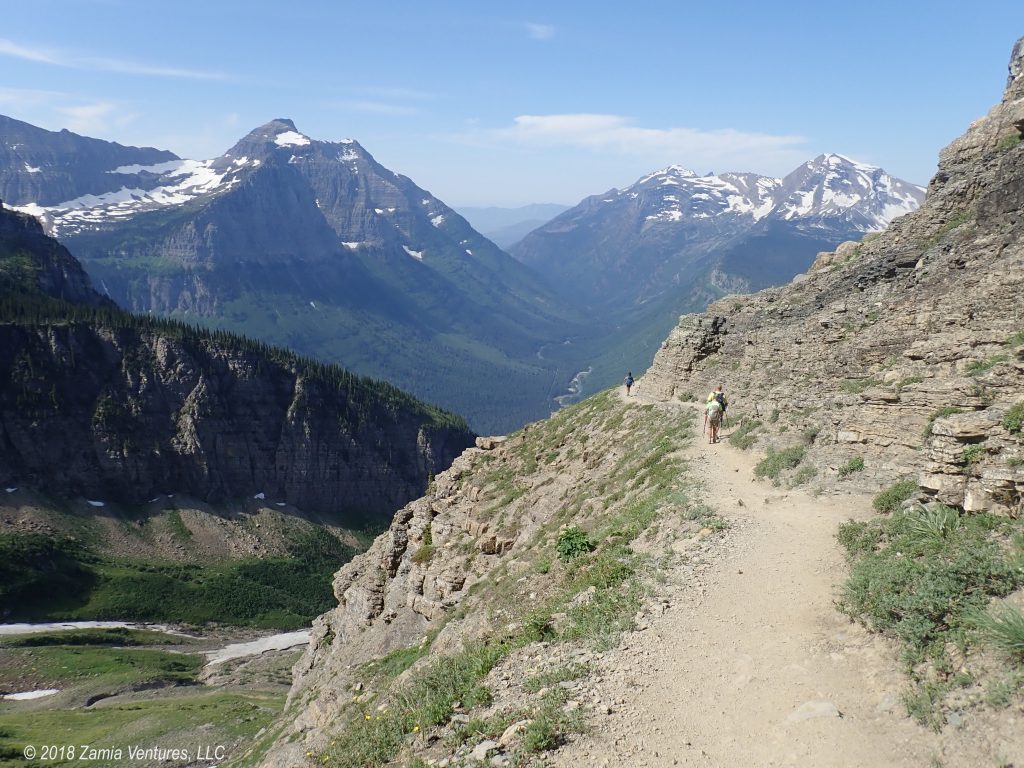
I will readily admit that I am the cause of our slow travel. While I will keep up a jaunty pace for hours on relatively flat land, I just can’t force myself to keep up the same pace when climbing up a sharp uphill. And thanks to an old back injury, I am extremely leery about traveling steep downhill paths, especially when there is difficult terrain like slippery rocks or loose gravel. Needless to say, we are seeing quite a lot of these sorts of elements in the trails at Glacier National Park. Our GPS unit confirms the sad facts: our typical pre-Glacier hiking day yielded a moving average of 3.5 miles per hour and an aggregate average of 3.0 mph when you considered all our photo and snack breaks, but on the Highline we were traveling at a feeble moving average of just 2.5 mph with a dismal overall average of 2.0 mph.
But we don’t need technology to tell us that being constantly passed on the trail by children and elderly people is humiliating. Luckily we have come up with a few solutions to this problem. Is the remedy embarking on a challenging exercise regimen designed to increase our endurance and speed? Don’t be ridiculous.
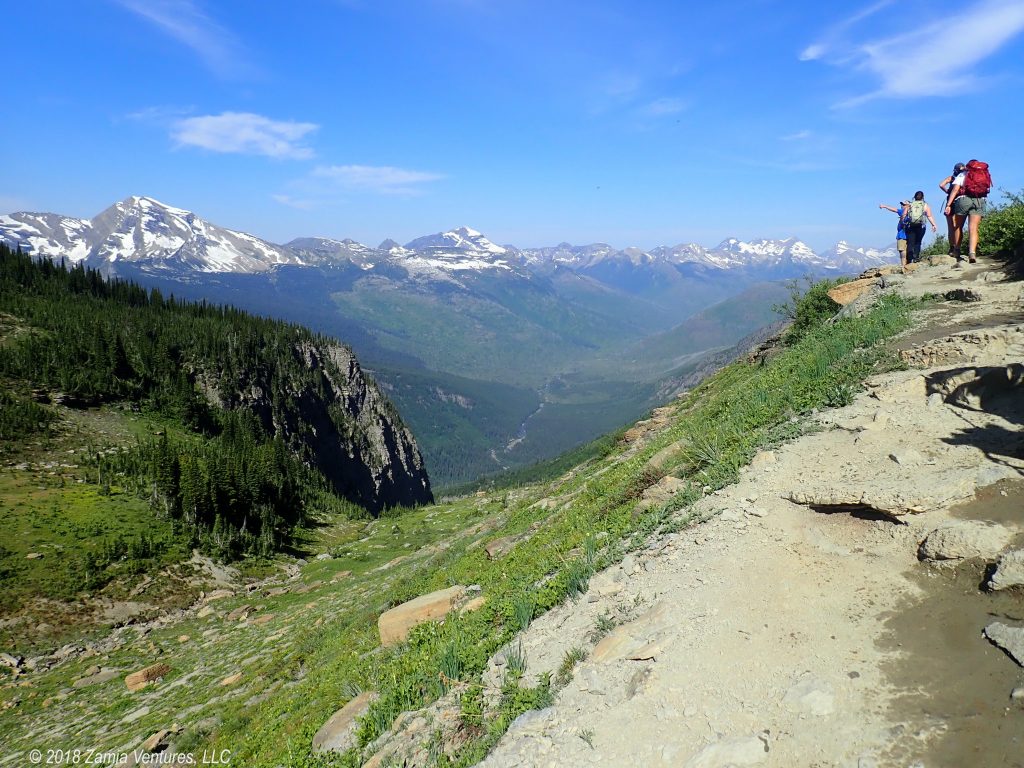
One solution, which we discovered by accident at Avalanche Lake, is to select trails that are less ambitious. We thought this hike would be a nice way to stretch our legs after a very long day on the Highline but it turns out that short hikes of 5 miles or less attract hikers who make us look like Olympians in training. We actually passed other people on this trail! So now we know that, for an ego boost, we can pick trails aimed at the most casual day hikers.
The second solution, which is our preferred option, is to spend our time on trails with few or no other hikers. When it’s just us and the wildlife, there’s no reason to even think about the pace we set. We started on that effort in Glacier; once we completed the “must do” trails we spent time with some of the less popular options, which gave us a lot of relief from the crowds. We’re hoping to continue to find less crowded places as we continue to explore western Montana over the next several weeks. Meanwhile, here are some of the highlights of our activities on the west side of Glacier National Park.
Hiking the Full Highline
The first time we visited the Logan Pass area, we did a short (<5 miles) out and back along the Highline Trail at the Continental Divide. This time, we packed much lighter to complete the whole trail – a 7 mile trek to a unique hospitality destination called the Granite Park Chalet, followed by a 4 mile trail down to the Going to the Sun Road to pick up the shuttle at the Loop, one stop below Logan Pass.
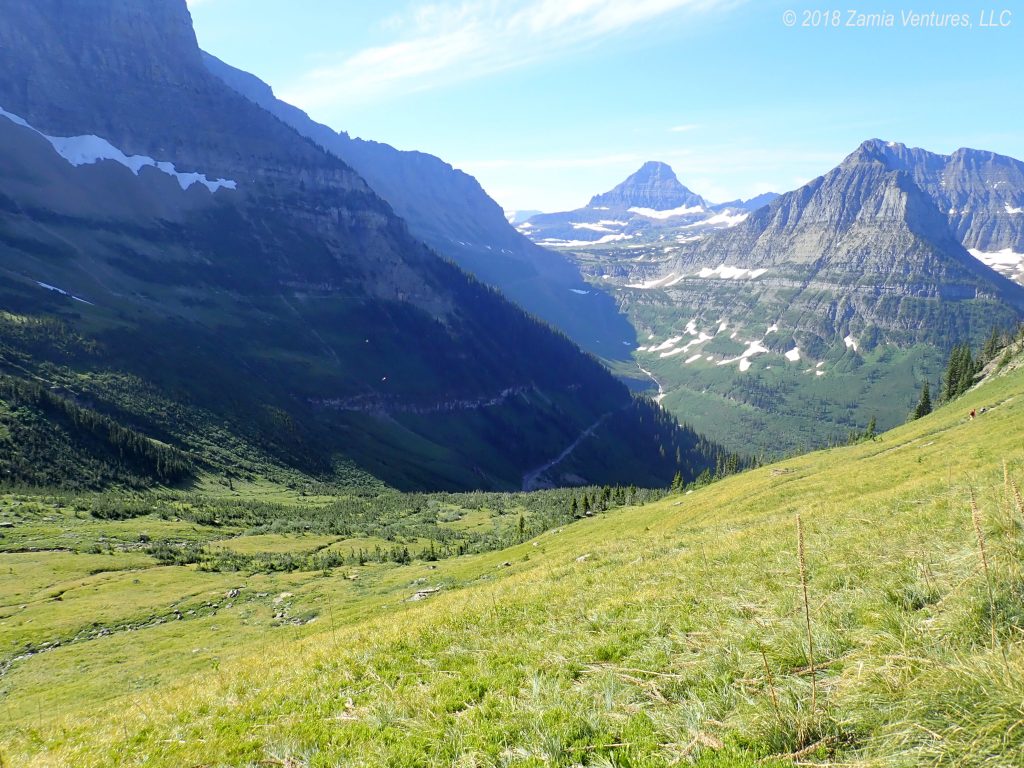
Like our first visit, the hike along the Highline offered us incredible views across the western portion of the park and up toward Logan Pass. One of the highlights of the trail was running into a family of fellow Wake Forest alumni headed the opposite way at one of the passes. Dad was sporting the WF hat and is a 1984 graduate, his daughter is a 2007 graduate, and despite having gone to some other school the son-in-law was cool, too. Meeting them and talking about travel plans was a fun way to recover from the tough switchback on the way up. Go Deacs!
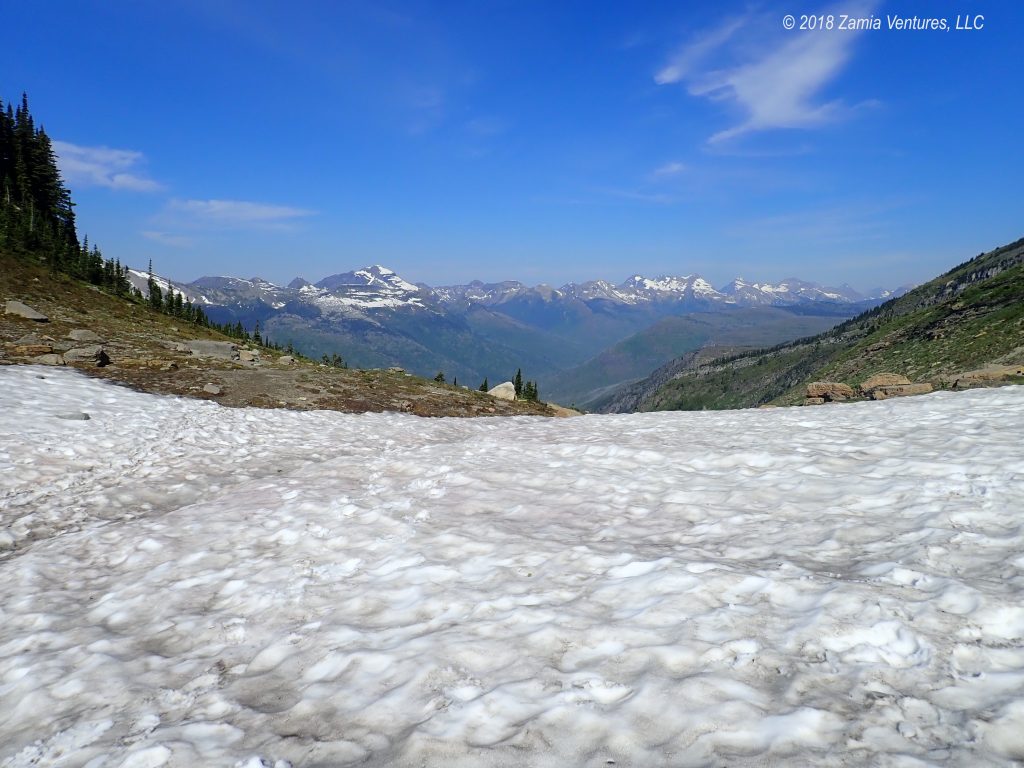
I also enjoyed seeing the chalet perched on a promontory with a commanding view of the valley. The chalet has about 20 individual rooms that can be booked for overnight visits as a much nicer alternative to backcountry camping. Visitors must bring their own food and sleeping bags (or purchase separately through the chalet), but they can spend the night snugly ensconced in a historic stone structure instead of in a tent.
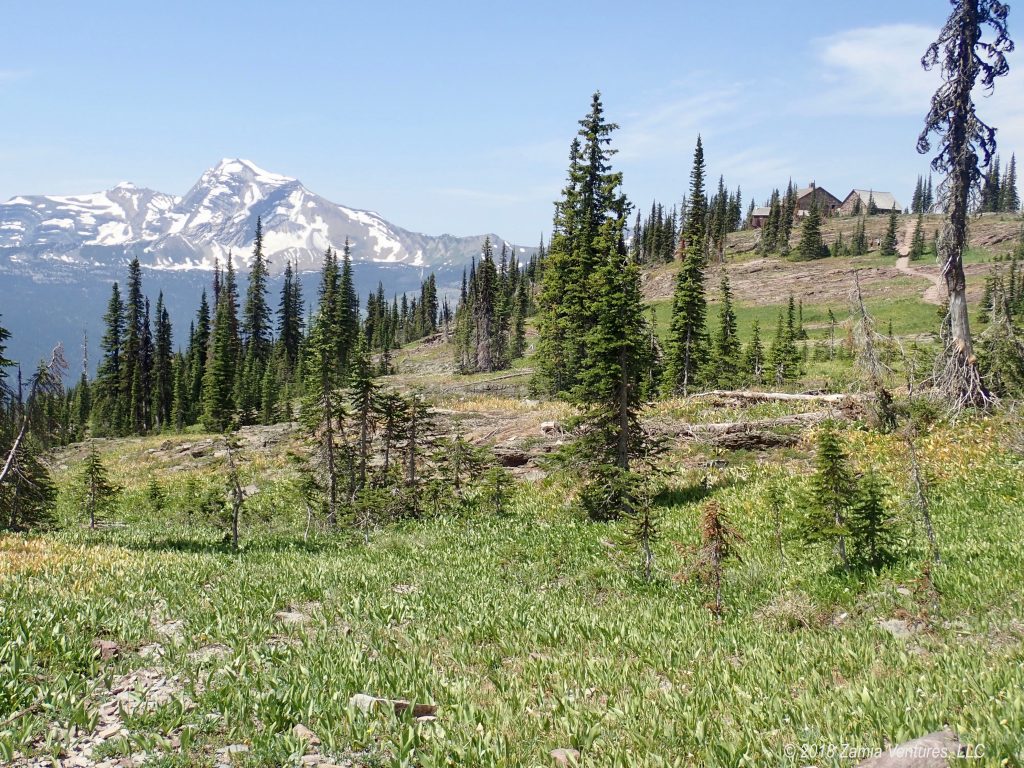
The trail from the chalet to the Loop is basically 4 continuous miles of steep downhill (or, God forbid, uphill) travel. Between the 90 degree temperatures, an exposed trail with virtually no shade thanks to a major forest fire 20+ years ago, and aggressive mosquitoes and flies in several areas, this trail almost amounted to cruel and unusual punishment. If we visit again, we would do an out-and-back from Logan Pass just to spare ourselves this section. That way, we’d enjoy all the great scenery but with a small fraction of the pain.
Avalanche Lake
The hike to Avalanche Lake was intended to be a short pleasure hike the day after our long trip on the Highline, but since we explored a bunch of the shoreline of the lake it ended up being around 6 miles. The trail traveled alongside a rushing stream, so we had frequent sightings of small waterfalls. Most of the trail is heavily forested, with piles of downed trees in the surrounding forest and in the lake itself, so the name Avalanche Lake made a lot of sense. The dense forest was filled with mosses, ferns, and interesting epiphytes, giving us a close-up view of the moist environment.
Since we were out of the house at 6:30 and on the trail well before 8 a.m., we actually saw some interesting wildlife on this popular trail, including a black bear and a very complacent deer. By the time we finished exploring the lakeshore and headed back to the trailhead, the trail featured a near-constant parade of people headed toward the lake. It was definitely worthwhile to roll out of bed in the chilly morning hours to tackle this relatively short trail.
Fish Lake
We combined our techniques of starting very early and choosing a less popular trail when we selected our hike to Fish Lake. We were once again out of the house well before 7 a.m., and we were rewarded by seeing fewer than a dozen other hikers during our 6 mile hike, even though the trailhead (Sperry Chalet) is directly across from the very busy Lake McDonald Lodge.
One reason for the limited traffic may be that this area was affected by a large wildfire in 2017. The fire not only took out a large swath of forest, but also destroyed part of the Sperry Chalet, a popular hiking destination. Our trail to Fish Lake took us through the outermost area of the fire zone, and it was interesting to see the different effects of the fire on seemingly identical trees situated just a few yards apart. I am sure the more heavily burned areas are much more depressing.
It was also pretty exciting to collect and consume blueberries along the trail, though admittedly it would have been more fun to get more than three berries. The lake that was our destination was peaceful and scenic, but lacked the grandeur of some of the other alpine lakes we visited in the park. Still, it was a nice hike in which we had the forest mostly to ourselves, a rarity on the southwest side of the park.
Lake McDonald Lodge
One day we took a break from hiking and instead visited the historic Lake McDonald Lodge for lunch. Like everything on the west side of the park, it was a total zoo! But I enjoyed seeing the historic building in its lovely lakeside setting. The restaurant had a good selection of local and organic products – my elk burger was yummy – and I thought the prices were quite fair for a restaurant inside a national park. Of course, our pricing benchmark is Miami restaurants, so just about anything seems reasonably priced in comparison.
Camping at Apgar
We camped in the Apgar campground during our stay in the southwestern portion of the park. The campground is situated along Going to the Sun Road within easy walking distance of the Apgar Visitor Center as well as a collection of concessions known as Apgar Village. The location was convenient, but we didn’t love the camping experience. Like much of the western side of the park, the campground is filled with ponderosa pines. This means that, from the campground, there are no sweeping views of mountains to provide any clue that you’re in Glacier National Park. The heavy tree cover also made it challenging for us to generate enough solar power, even though we managed to snag one of the few sites that gets several hours of direct sunlight each day. Also, there are no hiking trails that can be accessed directly from the campground. Everything requires either a drive or taking the shuttle, which means an early start, lots of waiting in line, or both.
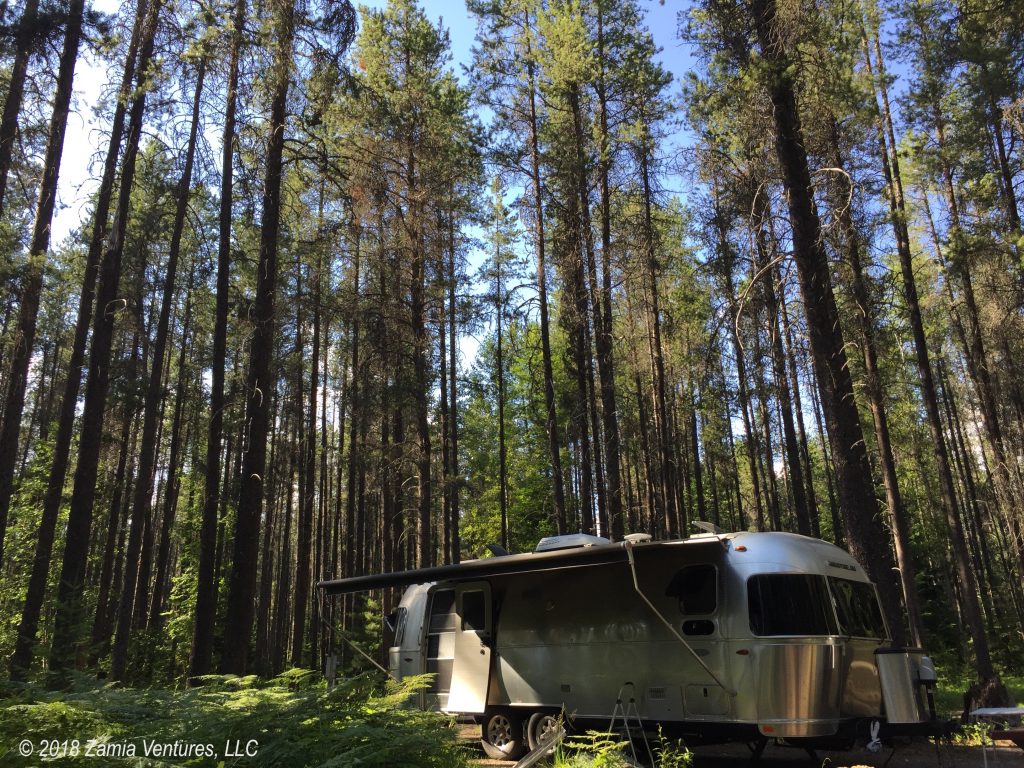
Parting Thoughts
Overall, we loved Glacier National Park, but the eastern side of the park completely stole our hearts. The stunning vistas, excellent camping options, and reasonable level of other visitors all made for a great experience. Two Medicine in particular combined an outstanding camping experience with a wide variety of options for hiking directly from the campground. The only negative is that the eastern side is bordered by the large and relatively undeveloped Blackfeet Nation, meaning that groceries and other supplies are not readily available and visitors must come prepared unless they are willing to pay prices that border on extortion for the few available items. When we visit again, we will focus on the eastern side of the park again, and plan at least one day trip over to Columbia Falls to restock at a normal grocery store.
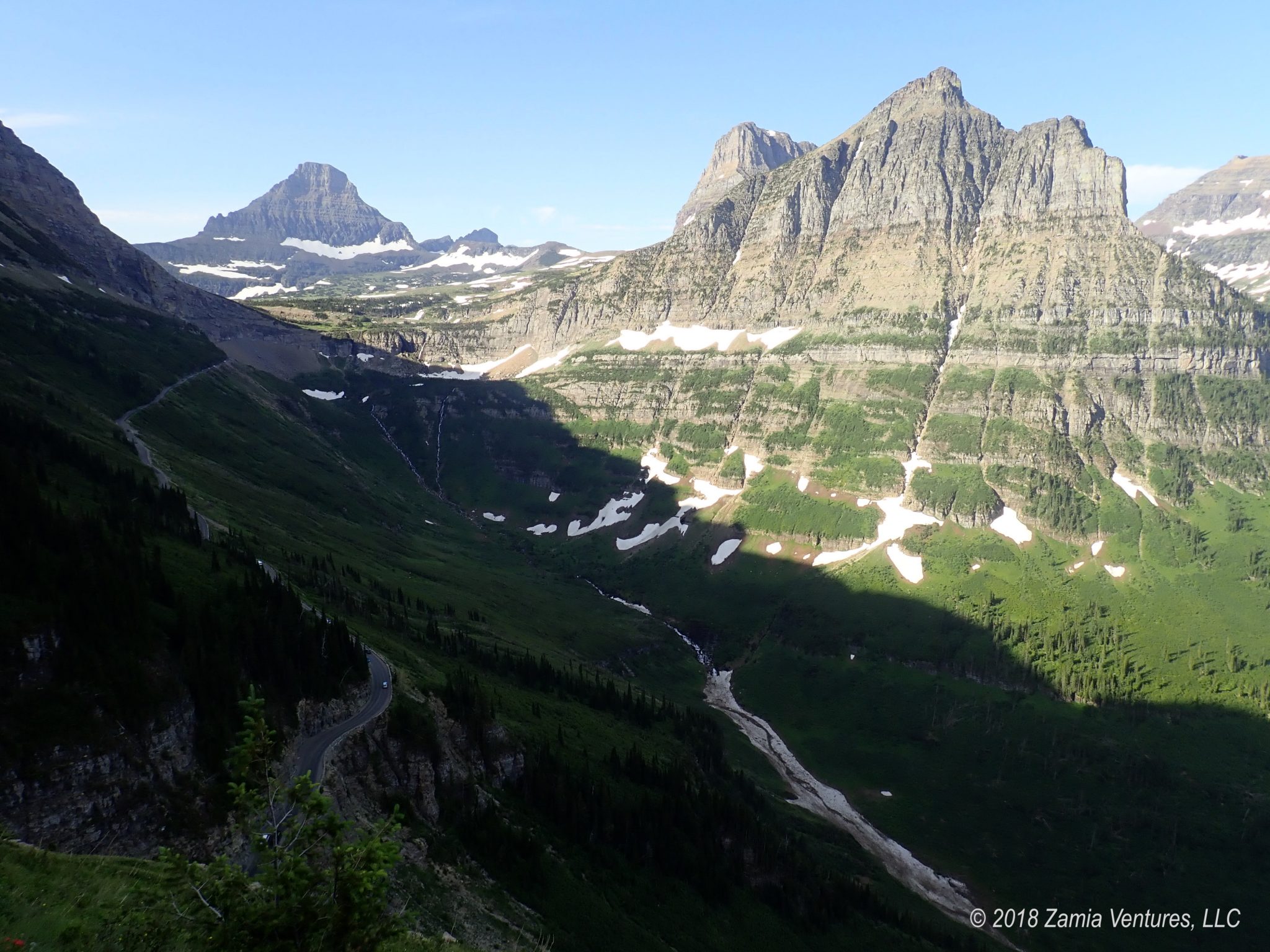
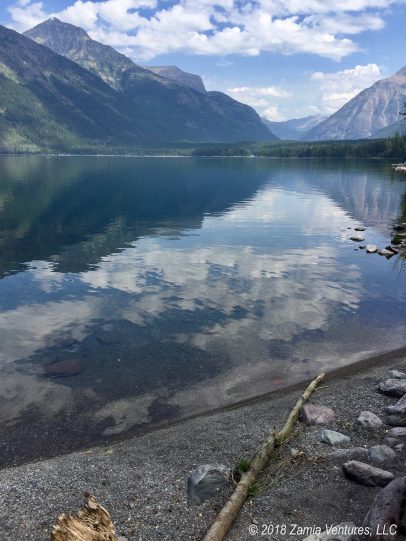
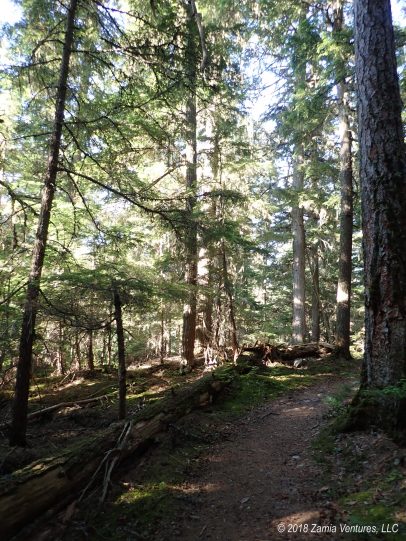
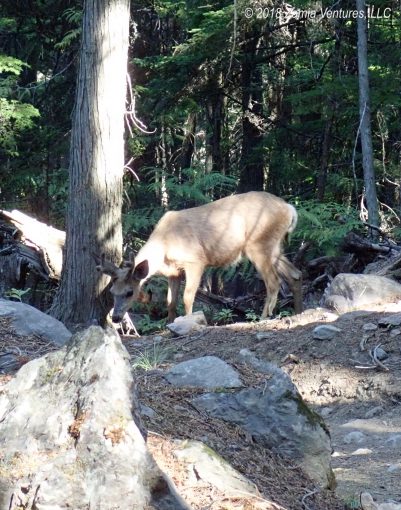
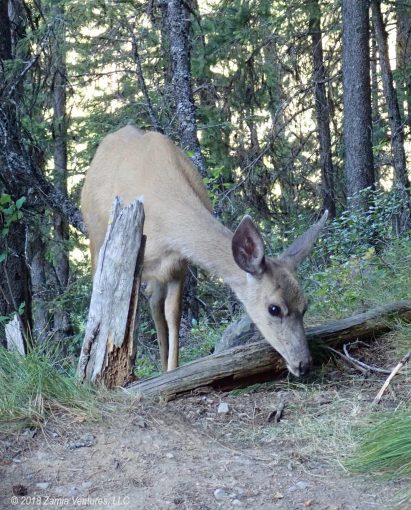
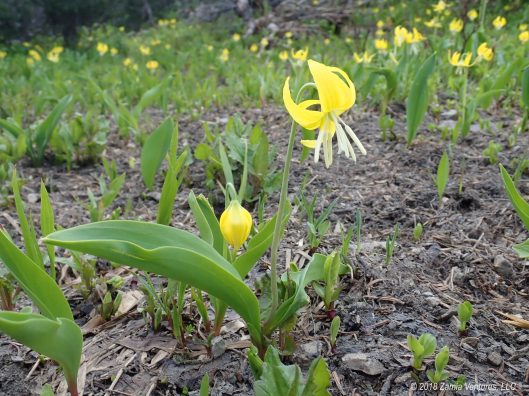
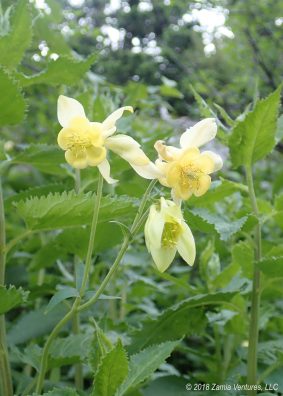
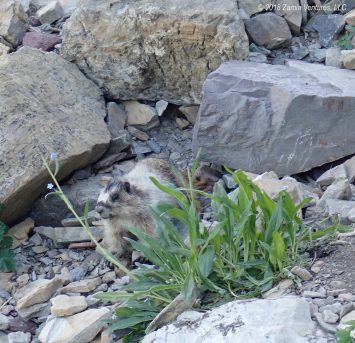
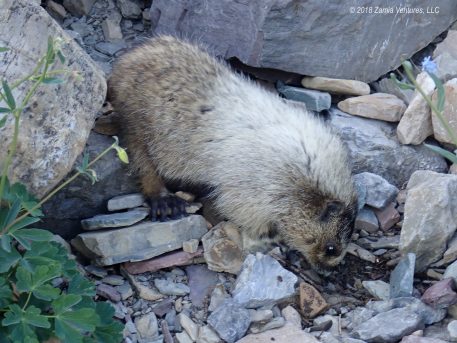
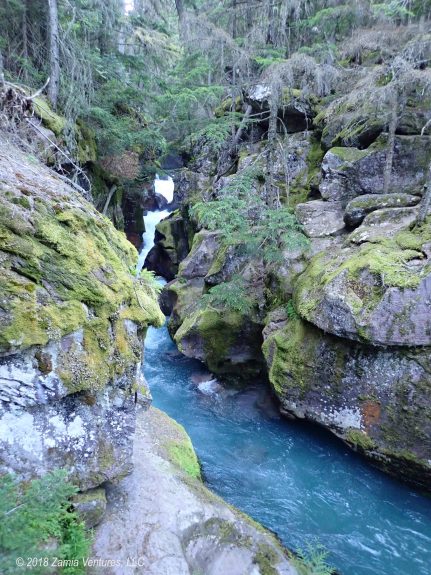
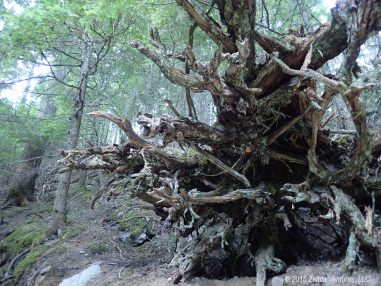
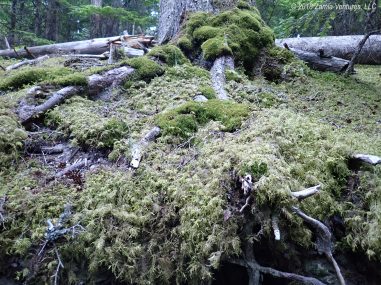
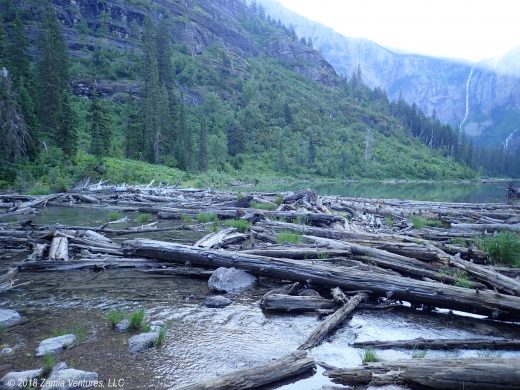
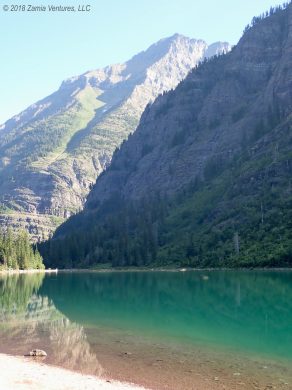
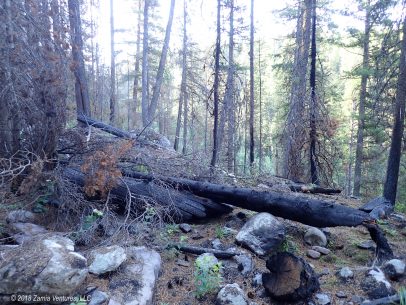
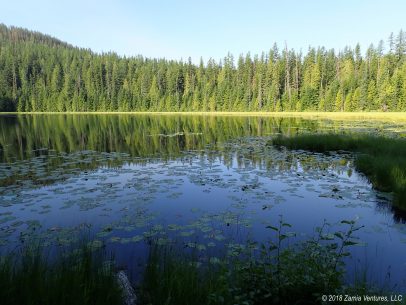
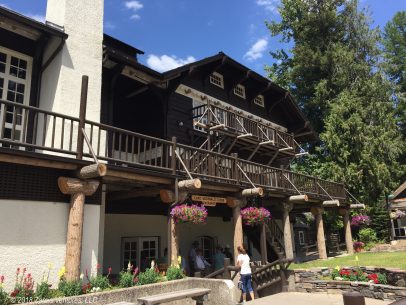
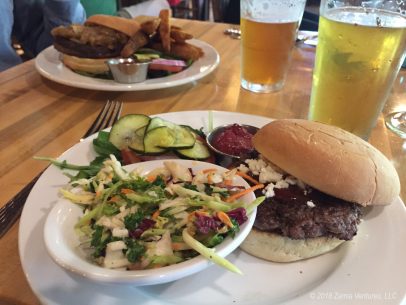
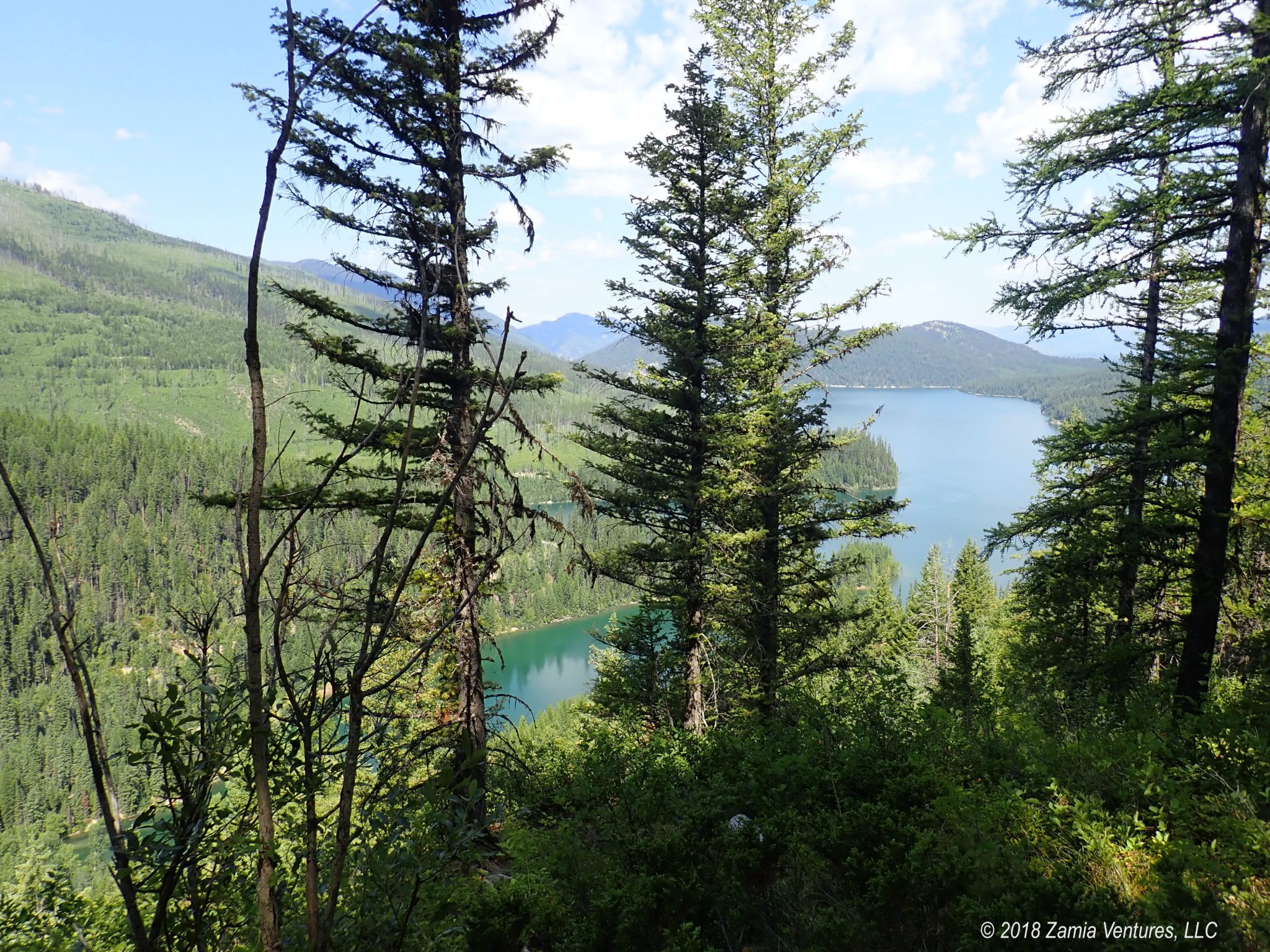
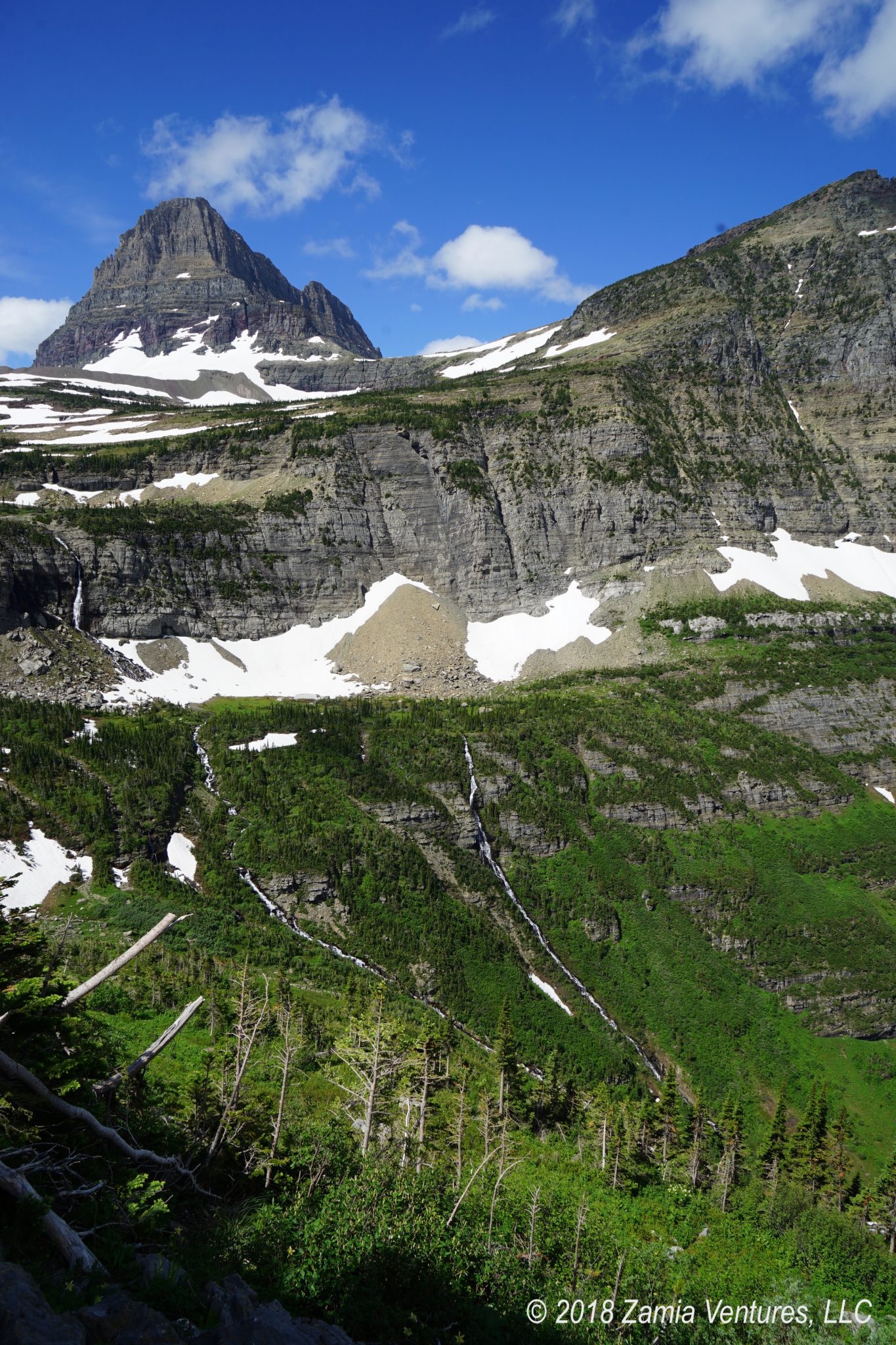
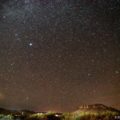
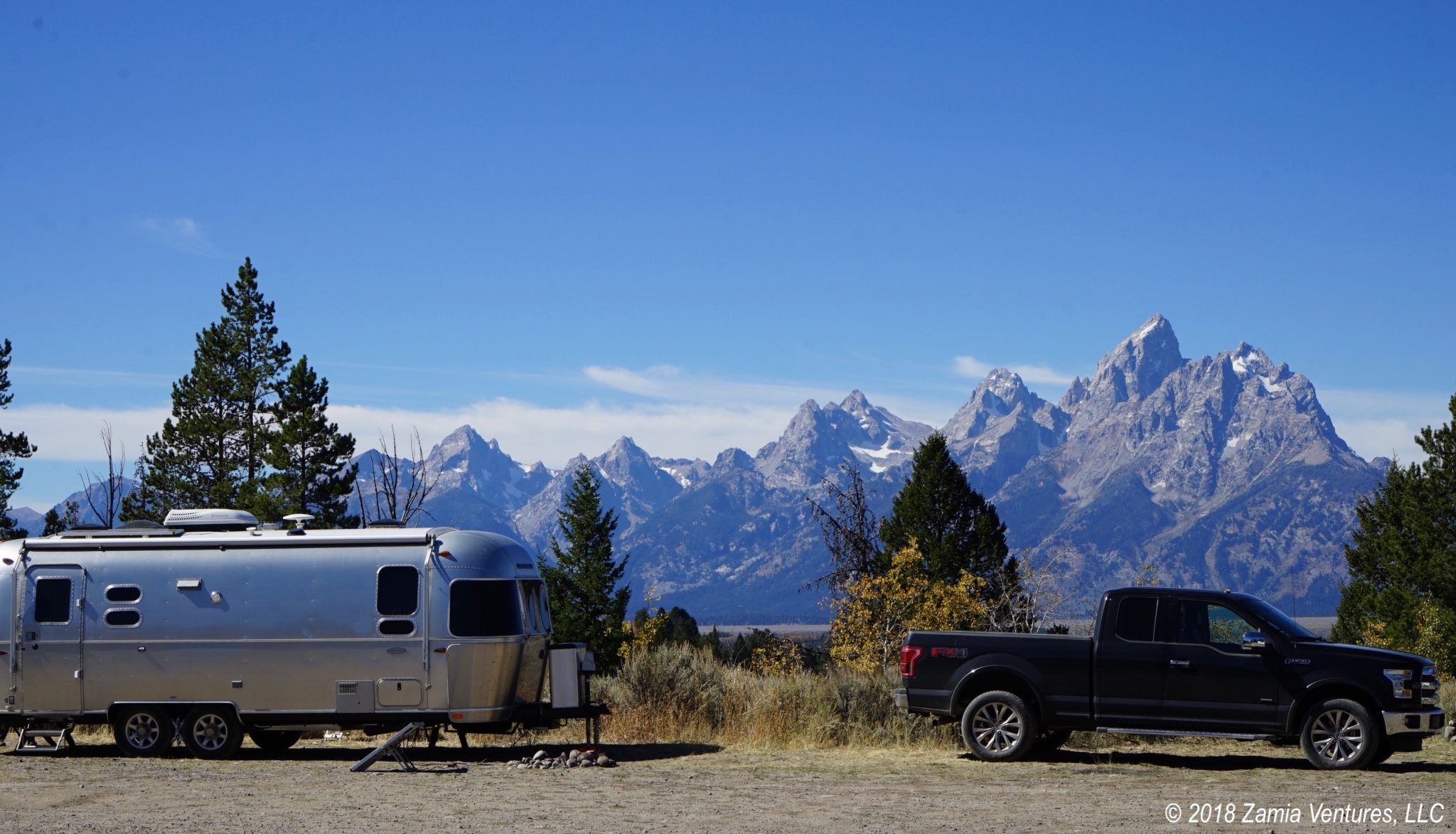
Reading about all the miles and up and down territory you covered makes me feel exhausted just thinking about it. And here I thought my 2 miles every morning on flat Florida ground is a lot….
In a way it is good to hear how many people are enjoying the great outdoors there.
I barely see anyone out walking here and you can tell by people’s size when you look around here.
Ken is keeping a tally of all our hikes so whenever we start to feel lame we can just look at our total mileage and celebrate!
We whole-heartedly agree on taking the less-traveled paths to avoid the maddening crowds (and those marathon trainees – Ha!). Oh yes, no doubt, the must-see trails are gorgeous, but there’s beauty in hidden places. Enjoy God’s masterpiece!
It’s so much easier to appreciate places that are not crowded…. The silence alone is part of the attraction. Luckily we are finding some of those out-of-the-way places now that we are out of the popular national park.